by Steve Szilagyi
“Body and spirit are twins. God only knows which is which” –Algernon Swinburne
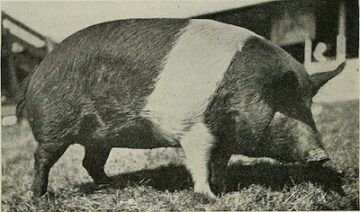
When I was ten or eleven, the Great Geauga County Fair still displayed what it called human oddities (the term Freak Show had fallen from use by that time). These included the Lizard Man, the Human Pincushion, and the Fat Lady. All were pictured in large paintings outside their tents. The Fat Lady’s picture might have come from the brush of Fernando Botero, the Colombian painter and sculptor who made a career out of depicting round and puffy men, women, and animals. But the real Fat Lady did not look like that at all.
“Ask me anything,” she said, as my brother and I stood before her, staring. An electric fan rippled the hem of her simple cotton dress in the late August heat. She must have been in her 30s, pink-cheeked, with massive calves. Her eyes stared past us, and her voice was flat.
My brother and I could think of nothing to ask. Even as ten and eleven-year-olds, we felt nothing but pity for this woman. She was not one of those people who are “big-boned” but a slight person who was carrying too much weight. There were romance magazines (so many!) piled at her feet, suggesting that she had a rich imaginative life.
We also felt kind of cheated. The Fat Lady was not a legitimate “other” like the Lizard Man, her neighbor in the tent next door. The Lizard Man had black, cracked skin, and stumps for arms and legs. He wore a porkpie hat, sunglasses, and satin shorts. “Hit the Road Jack” trilled from the transistor radio by his head. We thought he was cool. The Fat Lady might have been one of our country aunts if she’d eaten too many of her own apple and pumpkin pies.
The Lizard Man couldn’t help what he was. But all the Fat Lady had to do was lose some weight, and she’d be outside the tent with us—a regular person. Of course, it’s not that easy. We all know that the extent to which the obese are responsible for their condition is a topic of hot controversy. Read more »




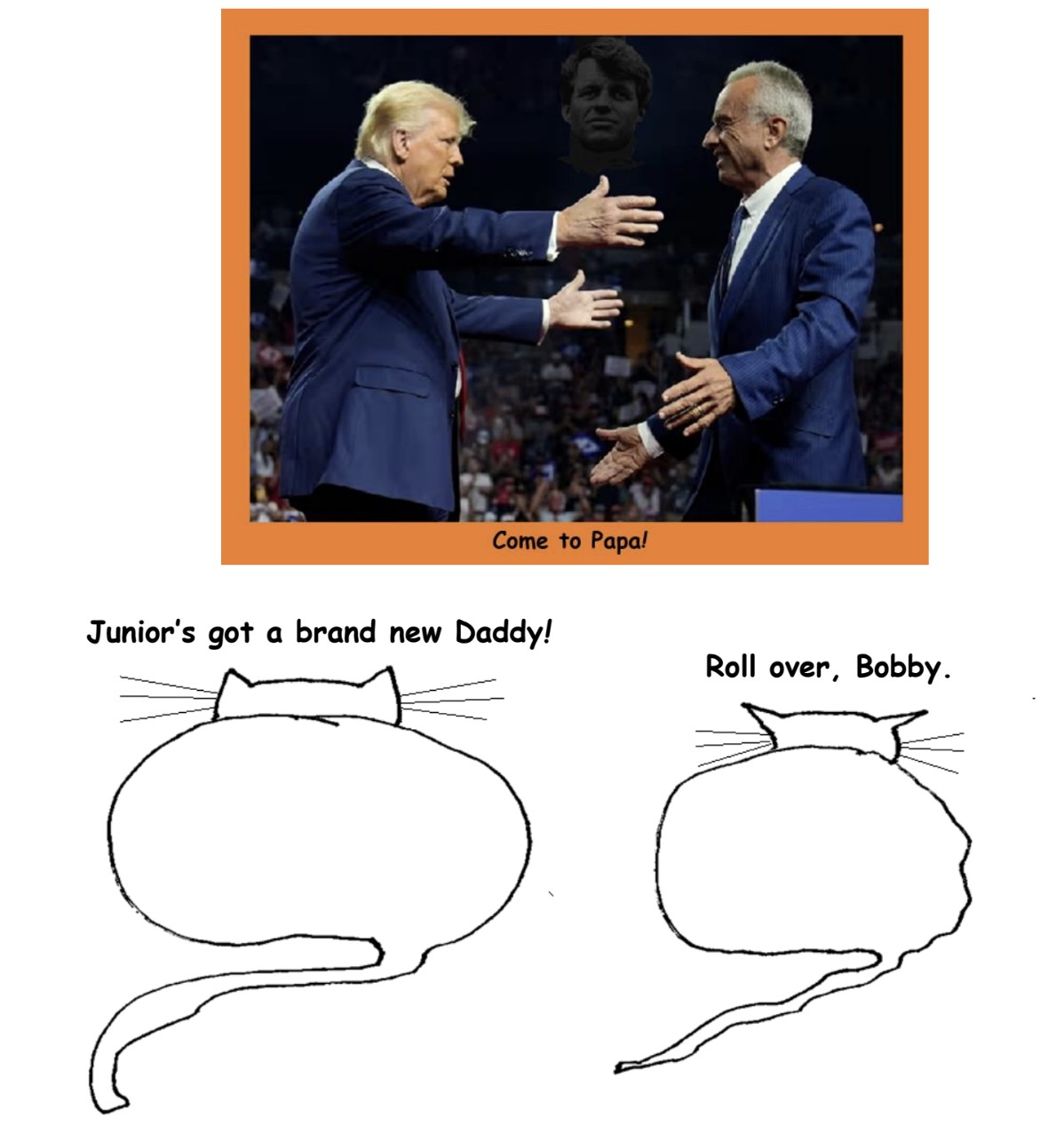

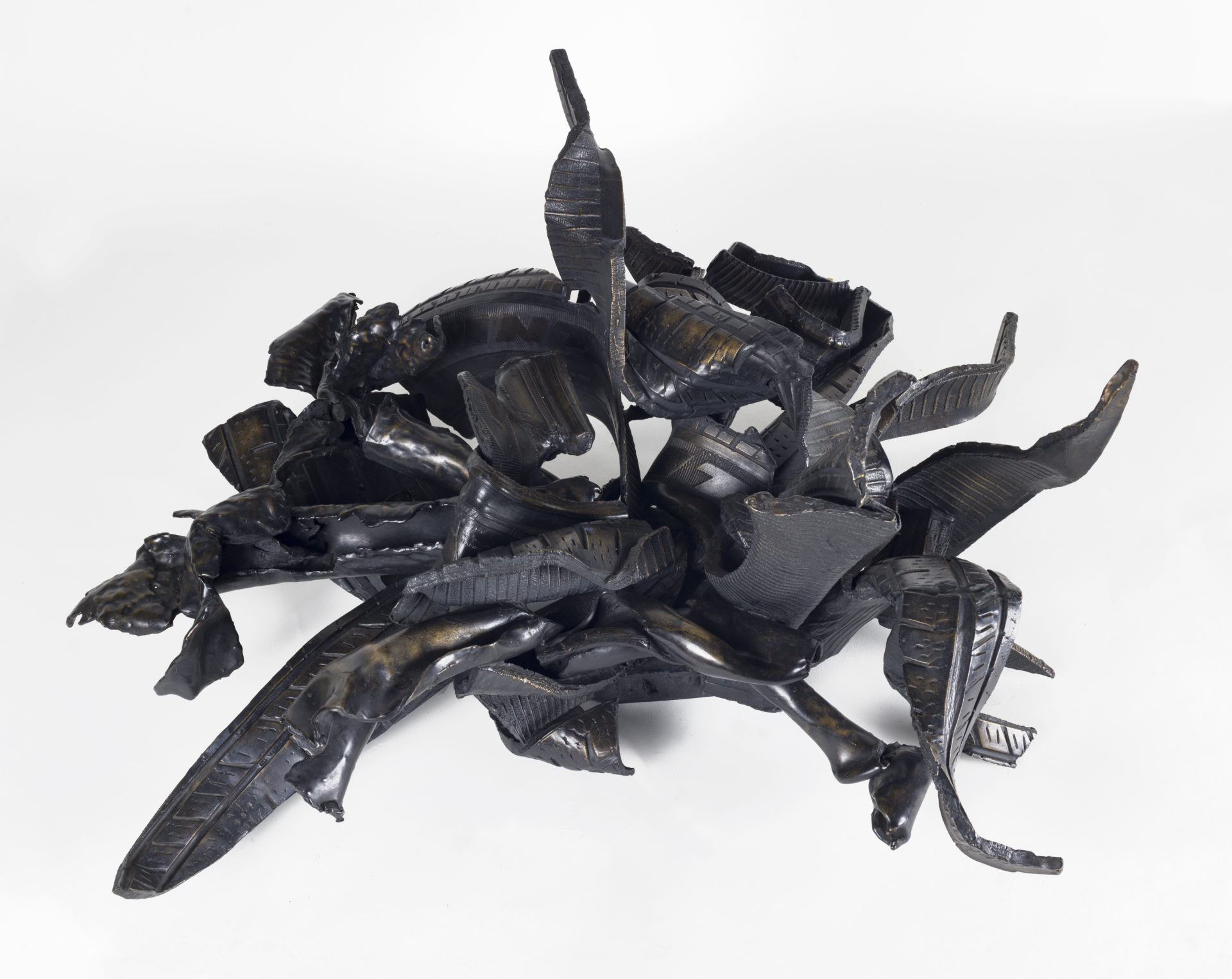 Chakaia Booker. Romantic Repulsive, 2019.
Chakaia Booker. Romantic Repulsive, 2019.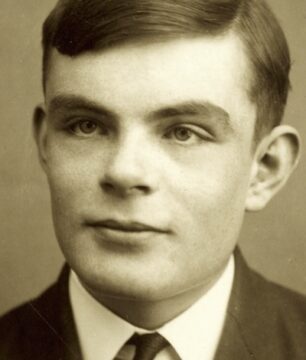 I will use this column to defend myself against the accusation, first made by my surgical assistant Mr. Alan Turing, that I was negligent in the death of an individual under my medical care. Or, as one armchair prosecutor has said, that I am “a stereotypically British sentimentalist who thinks dogs are more human than people.”
I will use this column to defend myself against the accusation, first made by my surgical assistant Mr. Alan Turing, that I was negligent in the death of an individual under my medical care. Or, as one armchair prosecutor has said, that I am “a stereotypically British sentimentalist who thinks dogs are more human than people.” 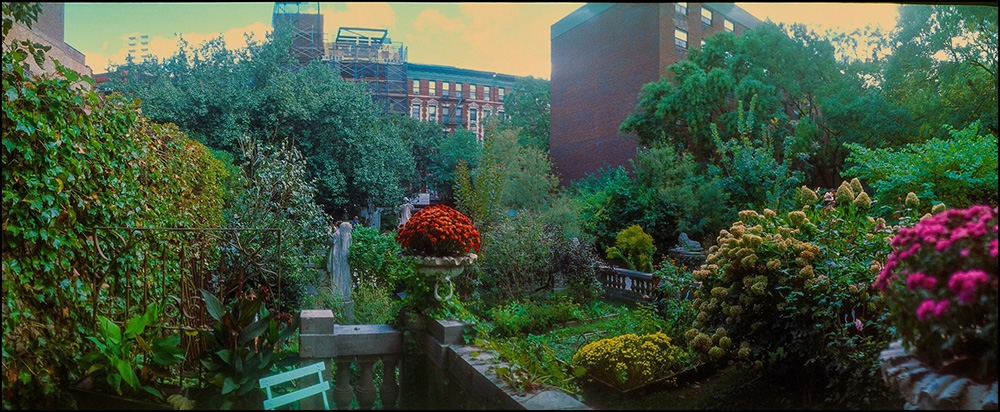 There is a beautiful garden in a quiet tree-lined street in Manhattan’s Little Italy. There are rows of flower, lush, abundant and slightly wild, a stone balcony you can imagine Romeo climbing up to, stone balustrades, several lions, one with climbing vines adorning his face, a sphynx, various other statues, a copy of a Hermes medallion from the late antiquity, a fig tree and a hydrangea tree, giant shady pear trees, and many small hidden paths that lead to gazebos and intimate garden spaces. People in the garden sit and while the time or read by a little table. In a very small space, Elizabeth Street Garden has been able to replicate the richness of life, spaciousness of spirit, the magnanimity and dedication to beauty of the best Italian gardens. It is one of the truly great places in NYC. But after 12 years of struggle between the city and garden advocates, on June 18, 2024, the
There is a beautiful garden in a quiet tree-lined street in Manhattan’s Little Italy. There are rows of flower, lush, abundant and slightly wild, a stone balcony you can imagine Romeo climbing up to, stone balustrades, several lions, one with climbing vines adorning his face, a sphynx, various other statues, a copy of a Hermes medallion from the late antiquity, a fig tree and a hydrangea tree, giant shady pear trees, and many small hidden paths that lead to gazebos and intimate garden spaces. People in the garden sit and while the time or read by a little table. In a very small space, Elizabeth Street Garden has been able to replicate the richness of life, spaciousness of spirit, the magnanimity and dedication to beauty of the best Italian gardens. It is one of the truly great places in NYC. But after 12 years of struggle between the city and garden advocates, on June 18, 2024, the 
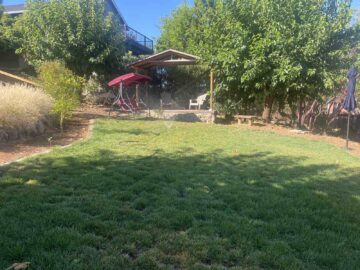
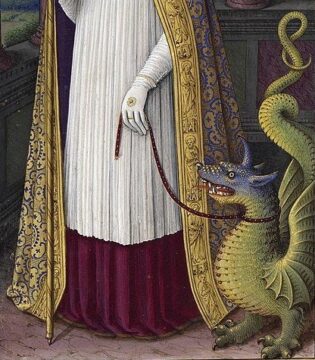



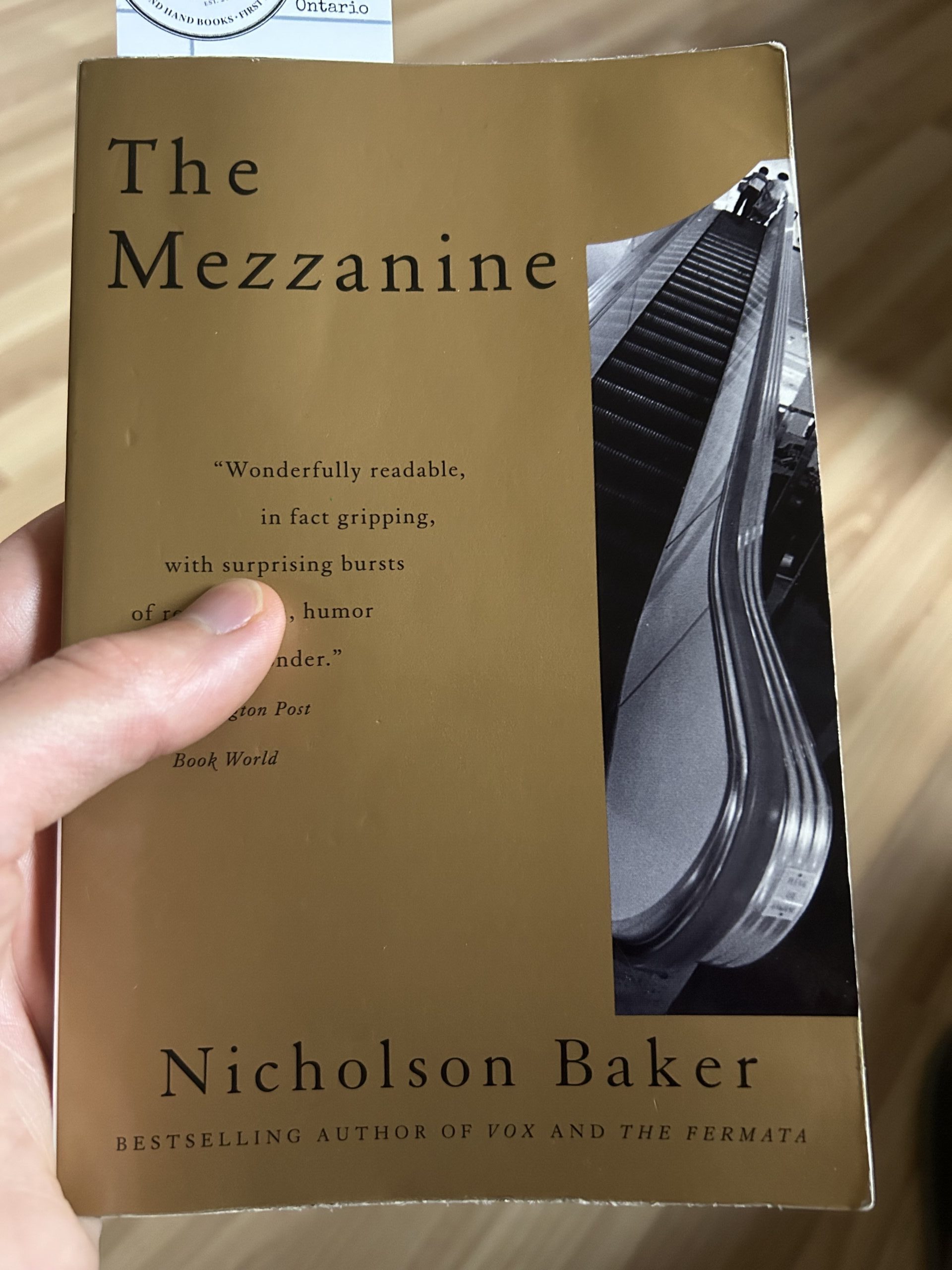 e Mezzanine by Nicholson Baker is a novel about paying attention. After you read a chapter, you, too, begin paying attention to things you’ve never noticed before.
e Mezzanine by Nicholson Baker is a novel about paying attention. After you read a chapter, you, too, begin paying attention to things you’ve never noticed before.

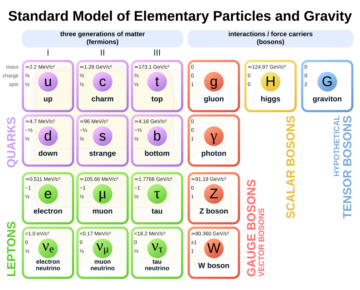
 Robert McDonnell was the Governor of Virginia in 2014 when the federal government indicted him and his wife on bribery charges. A Virginia businessman named Jonnie Williams provided the McDonnells with over $175,000 in “loans, gifts and other benefits.” In exchange, the Governor “arranged meetings, hosted events, and contacted other government officials” in an effort to advance the fortunes of Anatabloc, a nutritional supplement manufactured by Williams’ company.
Robert McDonnell was the Governor of Virginia in 2014 when the federal government indicted him and his wife on bribery charges. A Virginia businessman named Jonnie Williams provided the McDonnells with over $175,000 in “loans, gifts and other benefits.” In exchange, the Governor “arranged meetings, hosted events, and contacted other government officials” in an effort to advance the fortunes of Anatabloc, a nutritional supplement manufactured by Williams’ company.